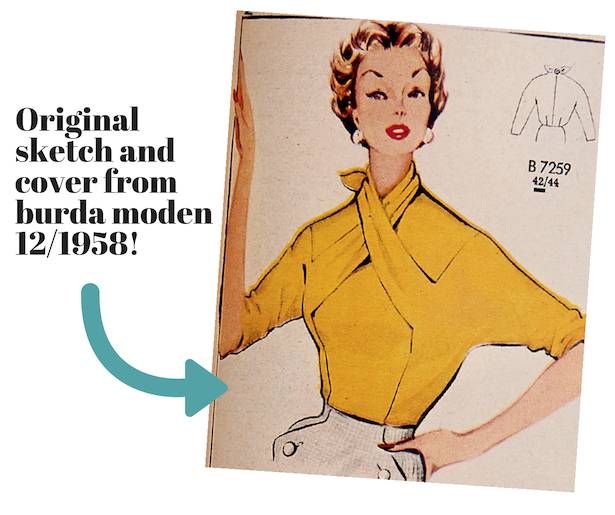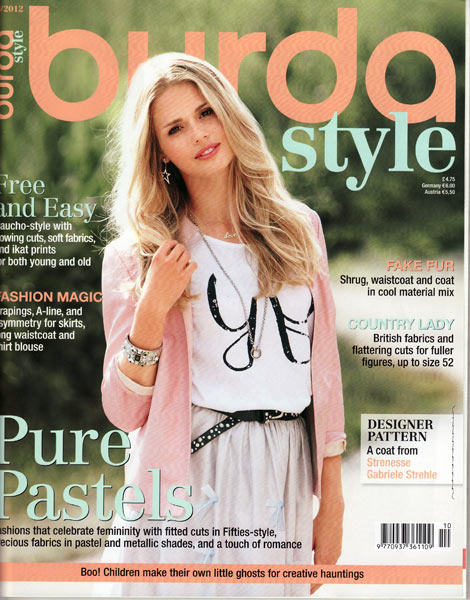

These have since come under the control of Future, which has concentrated on just four weeklies: Chat, Woman, Woman's Own, and Woman's Weekly (with Woman and Home as its monthly).Ĭhat – first issue cover. IPC's title became TI Media and there was some consolidation. Six platforms, including the website, mobile site and social media, a 'what'sįor dinner' app and diet club. uk claimed to have 2.3 million users every month, across It carries articles on cooking, money, family and health. uk, a women’s lifestyle website covering practicalĪdvice on family life, was launched by IPC in 2007 for mainstream women aged 18 Portal sites on groups of titles or a theme. Most of the surviving titles have websites.

real life, based on sensational stories from readers's lives.mature, classic titles for older women and.They are based on 'service elements' – child care, househoild management, beauty and health, food and travel, intertwined with fashion, celebrity and real life stories The Family Herald was a pioneer of the mass market weekly with early use of mechanisation across the whole production pocess. The oldest magazines of this type date back at least to the Victorian era. classic: Best, Bella, Woman and Woman's Own.In an example of niche marketing, IPC hasĭescribed women's weeklies in recent years as split into four types: Had a very different identity to the glossy monthlies, seeing themselves asĪ friend and confidant of the reader. Millions for the biggest titles, peaking in about 1960. For a century, they were very profitable, with sales in the Women's weekly magazines Women's weekly magazines developed alongside general weeklies but have survivedīetter.


 0 kommentar(er)
0 kommentar(er)
